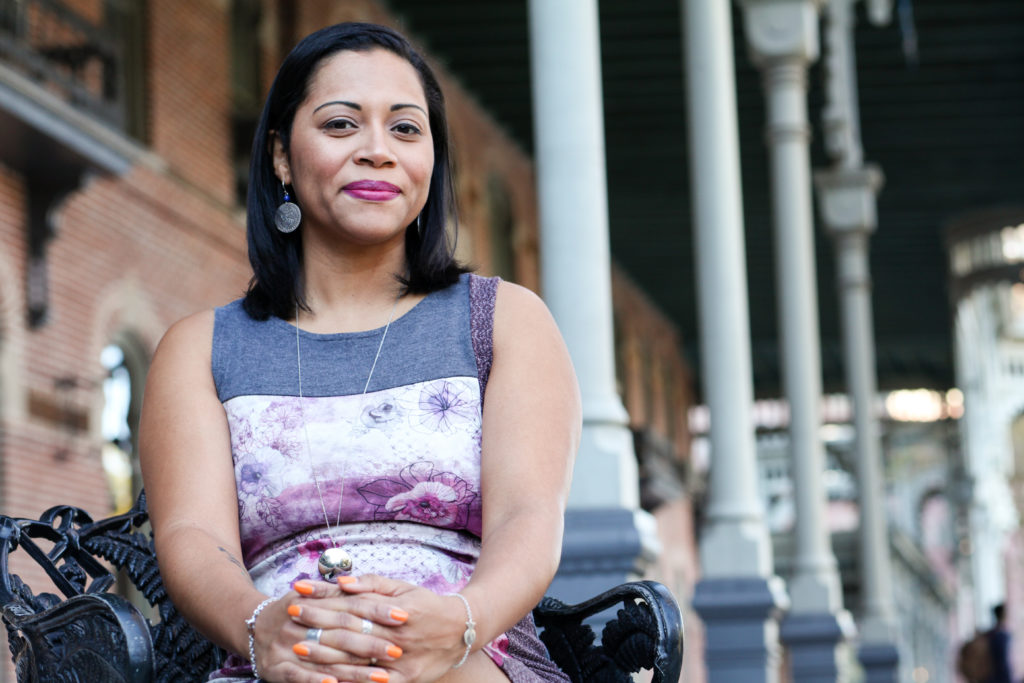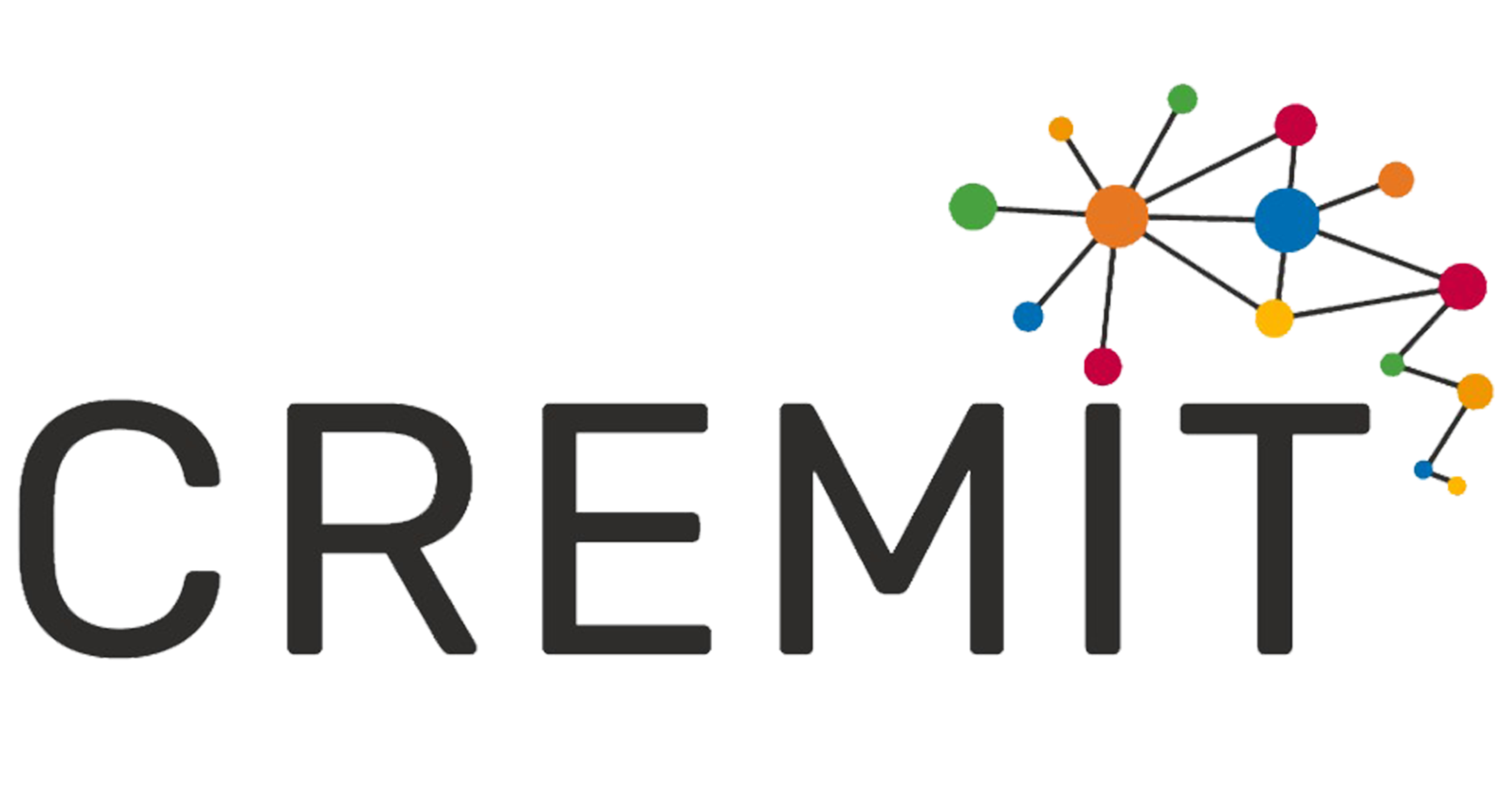
Enilda Romero-Hall
(The University of Tampa)
This column represents some of my reflections on the topic of higher education in the age of COVID-19. There are so many topics that can be discussed as a result of the digital transformation in higher education due to the COVID-19 pandemic, but in this column I will focus on three areas: a) the selection of online instruction modality, b) the digital divide, and c) the wellness and care of faculty, staff, and students.
The switch to emergency remote instruction (Hodges, Moore, Lockee, Trust, & Bond, 2020) has re-kindled conversations related to online instruction modality. The initial approach taken by faculty, as colleges and universities moved to a digital format, was to teach courses in a synchronous online format (primarily using video conferencing tools). The use of synchronous online instruction has led to various discussions related to the best modality approach for the students and the learning experiences during these times of crisis. Researchers and experts have argued that flexibility is needed and that given the current constraints, experienced by faculty and students, asynchronous online instruction is a better approach. Another modality format that is under consideration as institutions of higher education start planning for the upcoming Fall term is the hybrid-flexible modality (Beatty, 2019) approach, often called multi-access (Irvine, Code & Richards, 2013) or hybrid synchronous instruction (Romero-Hall & Rocha Vicentini, 2017). Overall, institutions of higher education are going to have to consider more sustainable online learning approaches.
In addition to discussions related to online instruction modality, the COVID-19 pandemic has also awakened dialogues about the issue of the digital divide. The digital divide is “a socioeconomic, cultural, and power divide that exists at both local and global levels” (Bishop, Bazzell, Mehra, & Smith, 2001). We often equate the digital divide with just lack of access to the Internet; however, there are many other factors such as affordability, usage, social resources and skills, infrastructure, and literacy skills (Ding, 2020). The digital divide has forced institutions of higher education to analyze the best option for their faculty and students. In some instances, and due to the digital divide in different geographical regions of the world, the education transformation due to the COVID-19 pandemic was focused on distance learning alternatives rather than just online learning (Cobo, Hawkins, & Rovner, 2020).
Another topic of importance, as the pivot to remote instruction occurred in educational institutions across the world, is the topic of wellness and self-care amongst faculty and students. Pallit, Kramm, and Riley (2020) wrote a thought piece in which they encouraged professionals in higher education to think beyond technology when teaching remotely and instead “focus on core work and see what is adaptable for our students and lecturers in a pragmatic way.” Educators, staff members, and students have had to deal with an adjustment to their traditional learning experiences. Wellness and care will allow all of us to cope with these changes, while also considering the many difficult situations and challenges in which we are operating day-to-day. Our educational institutions are ecosystems in which the well-being of one can have major effects on others. Therefore, higher education in the age of COVID-19 needs to emphasize teaching and learning with kindness.
While we still do not know what the future holds, we are certain that many changes are going to occur in the educational landscape around the world due to the COVID-19 pandemic. Policymakers and educational leaders have to think critically about these changes and consider plans that are sustainable rather than reactive.
References
Beatty, B.J. (2019). Hybrid-Flexible Course Design: Implementing student-directed hybrid classes (1st ed.). EdTech Books. Retrieved from https://edtechbooks.org/hyflex
Bishop, A.P., Bazzell, I. Mehra, B. and Smith, C. (2001). “Afya: Social and digital technologies that reach across the digital divide.” First Monday 6(4).
Cobo, C., Hawkins, R., and Rovner, H. (2020). “How countries across Latin America use technology during COVID19-driven school closures.” World Bank Group: https://blogs.worldbank.org/education/how-countries-across-latin-america-use-technology-during-covid19-driven-school-closures
Ding, H. (2020). “Crowdsourcing, Social Media, and Intercultural Communication About Zika: Use Contextualized Research to Bridge the Digital Divide in Global Health Intervention.” Journal of Technical Writing and Communication 50(2): 141-166. doi:10.1177/0047281620906127
Hodges, C., Moore, S., Lockee, B., Trust, T. and Bond, M.A. (2020). “The Difference Between Emergency Remote Teaching and Online Learning.” EDUCASE Review: https://er.educause.edu/articles/2020/3/the-difference-between-emergency-remote-teaching-and-online-learning
Irvine, V., Code, J. and Richards, L. (2013). “Realigning higher education for the 21st-century learner through multi-access learning.” MERLOT Journal of Online Learning and Teaching 9(2): 172–186.
Pallit, N., Kramm, N. and Riley, A. (2020). “Thinking beyond technology when teaching remotely. Higher Education Learning & Teaching Association of Southern Africa.” Retrieved from: http://heltasa.org.za/thinking-beyond-technology-when-teaching-remotely/
Romero-Hall, E. and Vicentini, C. (2017). “Examining distance learners in hybrid synchronous instruction: Successes and challenges.” Online Learning 21(4): 141–157. https://doi.org/10.24059/olj.v21i4.1258
*Photo by JESHOOTS.COM on Unsplash
Dr. Enilda Romero-Hall is an Associate Professor in the Department of Education at The University of Tampa. She is also the Graduate Coordinator of the Instructional Design and Technology program. In her research, Dr. Romero-Hall is currently exploring different topics related to digital and computer-based instruction and learning. Her research interests include: multimedia design and development, gaming and simulation, the design of human-computer interaction, formal and informal learning in online social communities, and online education. Dr. Romero-Hall has published journal articles, book chapters, conference proceedings, and columns. She has given over 30 peer-reviewed presentations in regional, national, and international conferences. Each publication and presentation contributes to the body of knowledge in the instructional design and technology field. Her research contributions are not limited to publications; she also aimed to advance research in the field through her service as President of the Research and Theory Division of the Association for Educational Communications and Technology (AECT).








